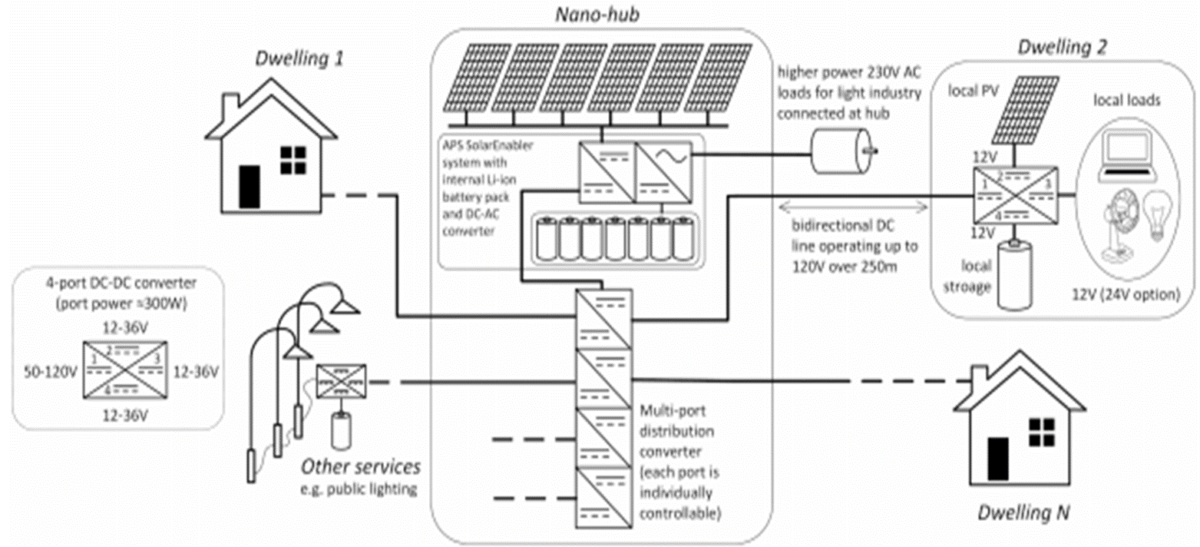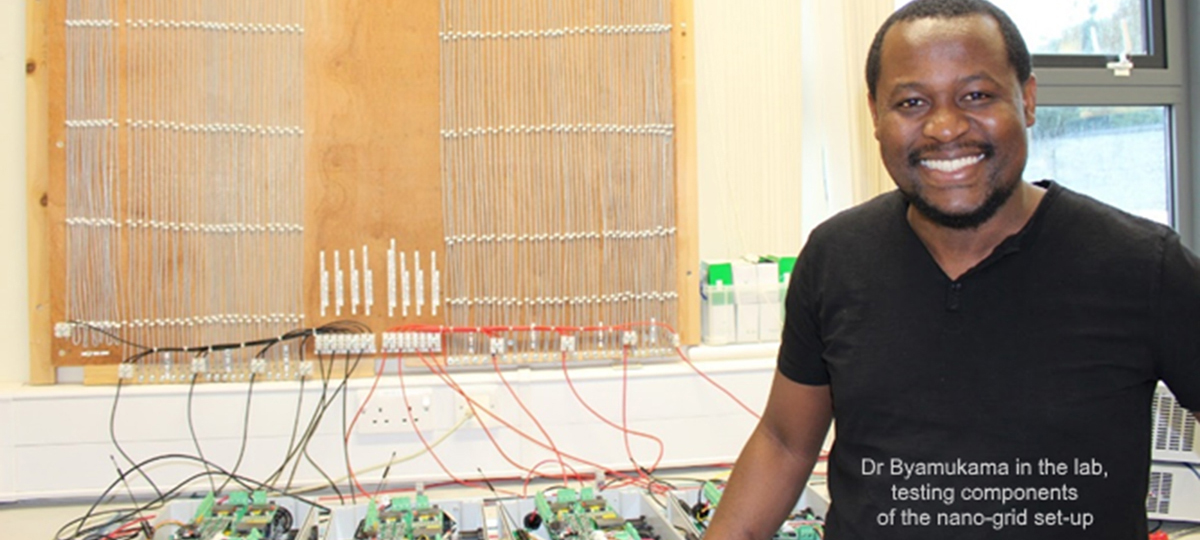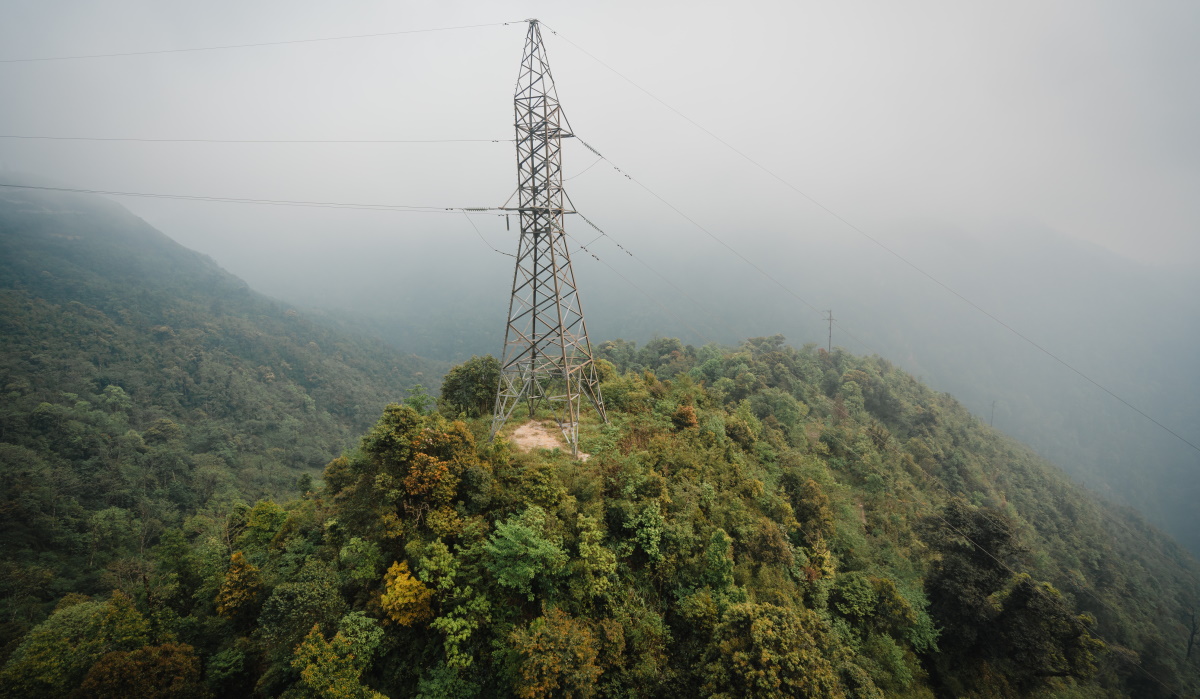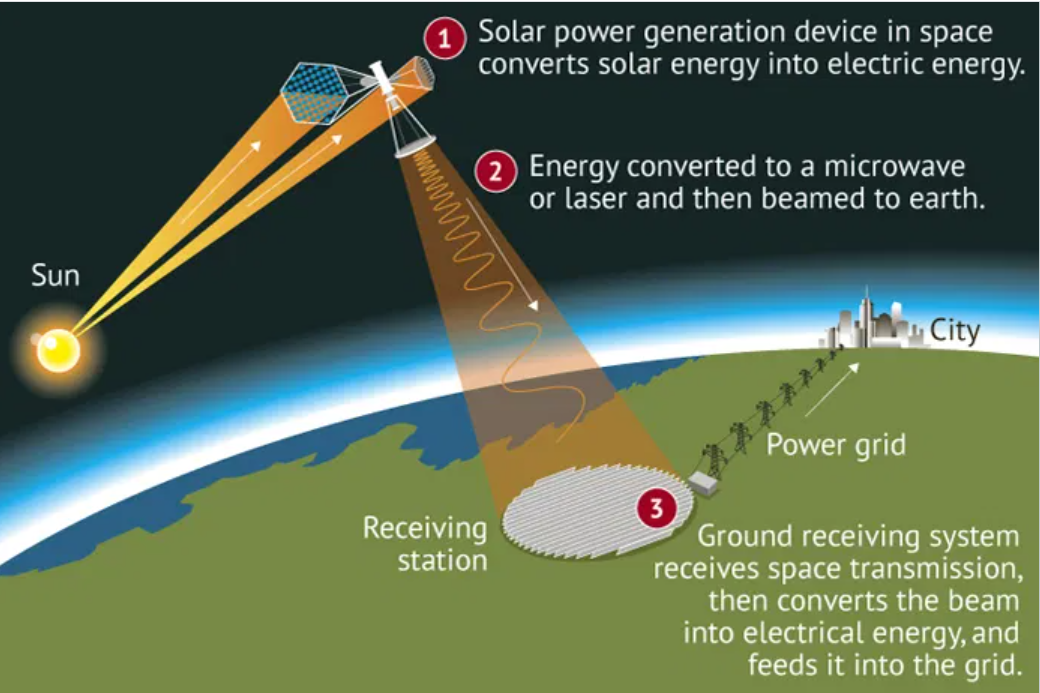Could you live without electricity?
Around one billion people do, as they have no or little access to electricity, and instead use kerosene and diesel generators that are noisy, toxic, and expensive.
Electricity has a significant positive impact on people’s lives, and there is a clear link between electrical energy use per person and higher Human Development Index scores.
Many communities have no grid electricity provision because it is either too costly to connect small villages or they are too far from existing centralised electricity networks. However, a local nano-grid with solar panels and household batteries could provide a decentralised electricity hub, and a real alternative to the use of kerosene and diesel generators that are noisy, toxic, and expensive.
This is the focus of the Robust Extra Low Cost Nano-grids (RELCON) project, run by Professor Malcolm McCulloch, Prof Dan Rogers, Dr Maximus Byamukama, Dr Renke Han and Dr Ibrahim Bello, which aims to give access to affordable, smart, productive power.
What is meant by “access”? RELCON aims to provide Tier 3 electricity for homes and Tier 4 levels of electricity for community services i.e. > 8 hours and >16 hours of electricity per day respectively, but at the cost of a lower tier system.
The highest costs in a centralised grid system comprise the batteries and distribution cables, followed by inverters. A decentralised small-scale direct current (DC) nano-grid can produce low cost power as it doesn’t require expensive mains-voltage cables and inverters, and can use the output of local (and inexpensive) solar panels. This is a good match for rural Africa because most personal loads, like LED bulbs and phones, only require DC.
Field trials with prototypes start in West Ngosini, a small village 200 km south east of Nairobi, Kenya. You can find the village using the what3words location: frighten.boxes.moments
The nano-grid will connect 10 households initially, using touch-safe extra-low voltage lines that provide power during the day and charge the batteries for power at night. This electricity will raise living standards, enabling people to use lights, charge mobile phones, run fridges, radio, cooking devices and more.
As well as developing a robust nano-grid power design and operation, there is much that will be learned from the project including the power needs and preferences of the community; energy trading; low cost, robust power converters; protection systems; and how to roll out such systems more widely.






2 thoughts on “Could you live without electricity?”
Comments are closed.